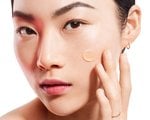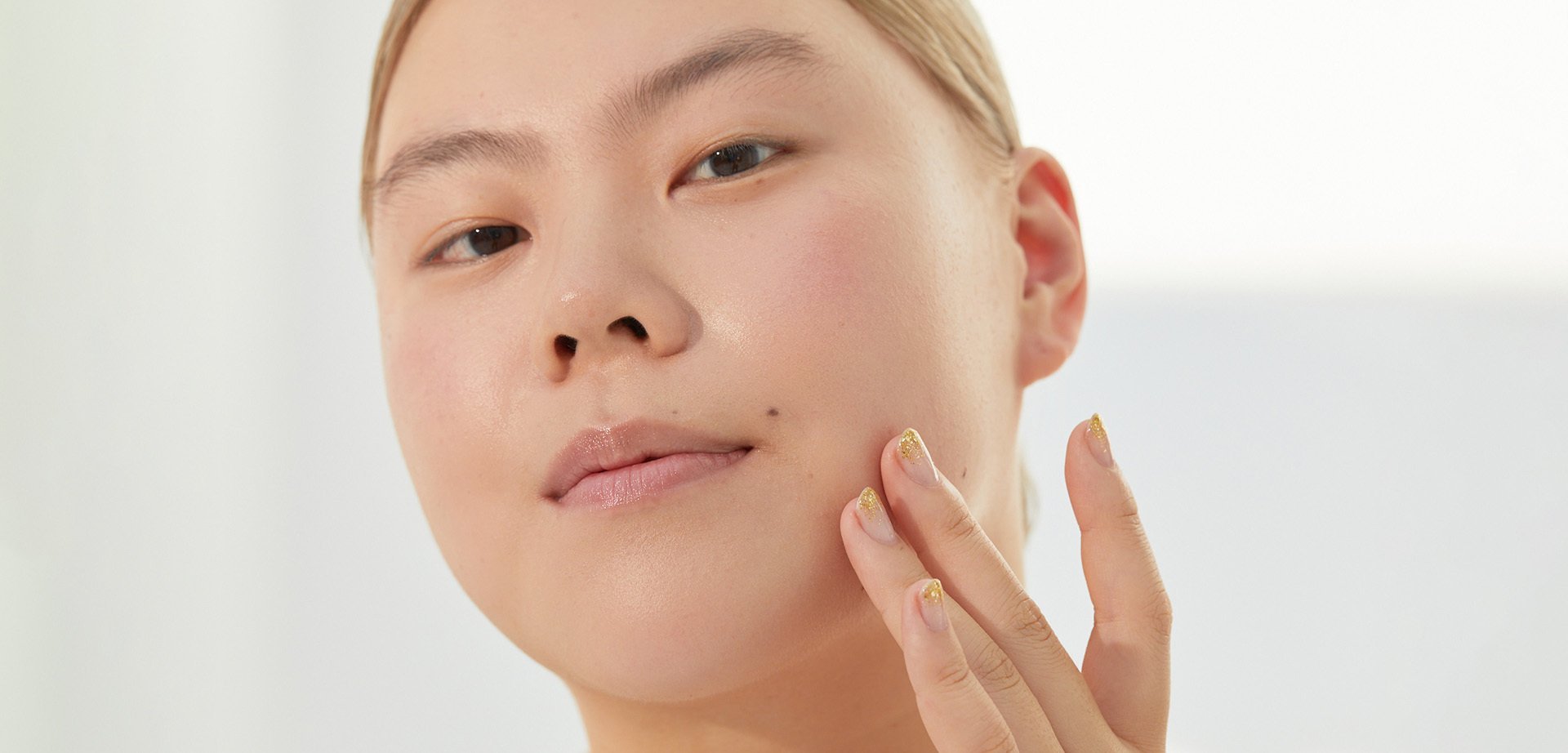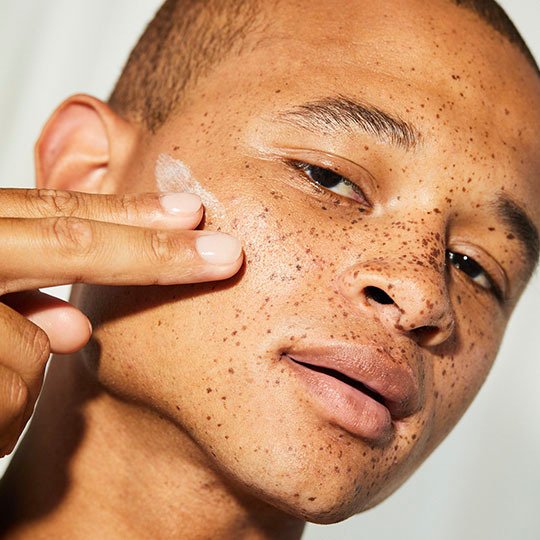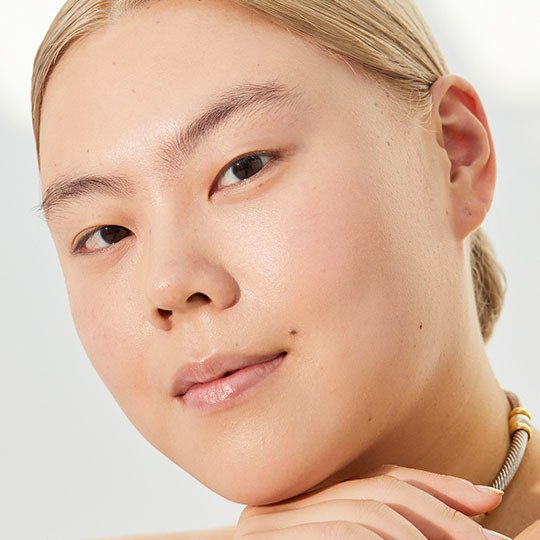Skin Function & Layers, Explained
January 23, 2019
If you really want to take care of something and treat it well, it’s important to understand the fundamentals. To that end, we’re detailing the basics of what your skin is to help you take care of it in the most effective way possible. Read on to learn more about your skin’s purpose, function, and various layers.
WHAT IS THE SKIN?

According to its formal definition by the Encyclopedia Britannica, the human skin is “the covering…of the body’s surface that both provides protection and receives sensory stimuli from the external environment.” It’s comprised of three layers of tissue (more on that later) and is actually the body’s largest organ. That’s right—the biggest organ of your body is one you interact with on a regular basis. Even more of a reason to develop a personalized routine to make sure you’re taking care of your skin as best you can.
WHAT DOES THE SKIN DO?

As previously stated, the purpose of the skin is to provide protection against external aggressors. Since this is a very big and important job, all skin is quite tough and boasts numerous layers.
PARTS OF THE SKIN

Now that you’ve been reintroduced to your skin as a whole, it’s time to delve into the different parts that makes skin what it is.
Pores
You may be all too familiar with your pores. When they get clogged with dirt, debris, and dead cells, they can look enlarged. When bacteria come into the mix, a breakout can ensue. But for all the grief your pores can cause, you shouldn’t ever want to get rid of them altogether. (You wouldn’t be able to, anyway.) This is because your pores serve a very important purpose of releasing sebum (the oil naturally produced by your skin) and sweat to keep your skin lubricated and cool, respectively. They are a way for your body to regulate certain internal and external responses. You can almost think of pores as little air vents located throughout your skin.
Epidermis
This is the outermost layer of the skin. According to the American Academy of Dermatology (AAD), the epidermis is responsible for creating new skin cells, producing melanin—the pigment that gives skin its color—and protecting your body so you can stay healthy. The epidermis can also be thicker in some spots compared to others. The skin around the eyes, for example, is delicate and thin while the skin on the knees, elbows, and soles of your feet is generally thicker.
Dermis
Located in between the epidermis and the hypodermis (coming up next) is the dermis. According to the AAD, the dermis houses quite a lot. This includes sweat glands, which produce sweat that eventually comes out of your pores, as well as nerve endings which allow you to feel various sensations, roots of hair follicles, and oil glands.
Hypodermis
Also called “subcutaneous fat,” the hypodermis is the last layer to make up the skin. It’s from here that collagen and elastin fibers attach to the dermis, and where the larger blood vessels and nerve cells can be found. Mostly made up of fat tissue, it’s also the layer in which body temperature is regulated. So next time your pores open up for sweat to cool your body off, make sure to thank your hypodermis from keeping your body from overheating.

























